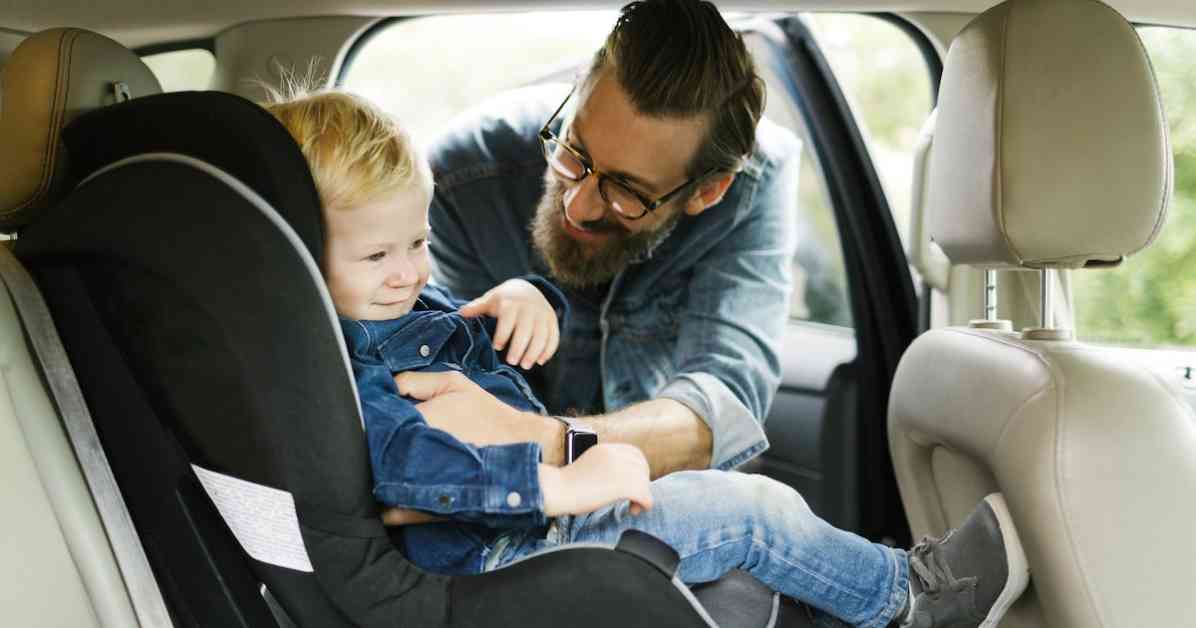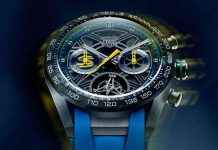A father secures his child in a modern child car seat. The outdated ECE R44 standard for child car seats is being discontinued. The new safety standard is the i-Size standard, which focuses on the child’s height rather than weight, providing better protection on the road. As of September 1, 2024, only child car seats that comply with the new UN ECE Reg. 129 (i-Size) standard can be sold. The sales ban on the outdated UN ECE Reg. 44 is now in effect after a one-year transition period.
An Amazon.de search shows that the old models are no longer listed there. However, it is advisable to pay special attention when purchasing in-store to ensure that the child car seat carries the i-Size standard, so you do not accidentally buy a remaining model of the old standard.
The labels “R44” and “R129 (i-Size)” on child car seats are not model designations but refer to EU standards required for seat safety. These certification labels are usually located on the bottom or back of the seat but may also be placed on the side in some cases, often in noticeable yellow or orange colors.
The introduction of the i-Size standard represents a significant advancement in child safety. Unlike the old regulation that considered the child’s weight, the i-Size standard focuses on the child’s height, which experts consider safer.
An important aspect of the i-Size standard is that children up to 15 months old must be transported in rear-facing car seats. This regulation helps increase safety since rear-facing at this age is considered particularly effective in minimizing the risk of frontal collisions.
If you already own a child car seat of the “R44” standard, you can still use it for up to eight years. However, this transition period only applies to the newest “44/03” and “44/04” series models. Older series, such as “44/01” and “44/02,” have not been allowed for some time now.

















